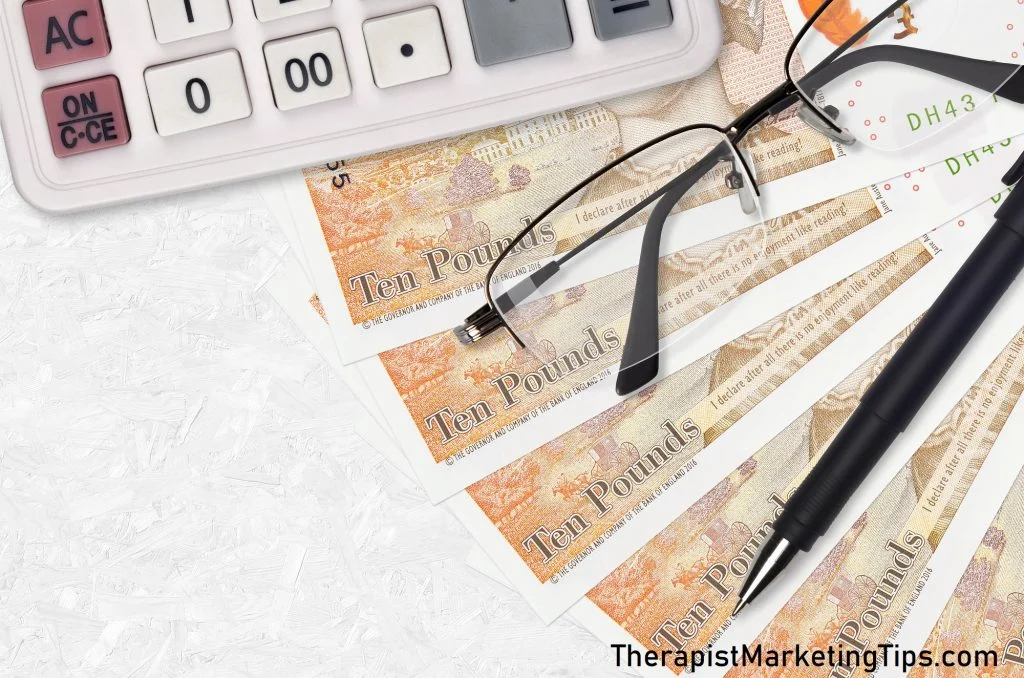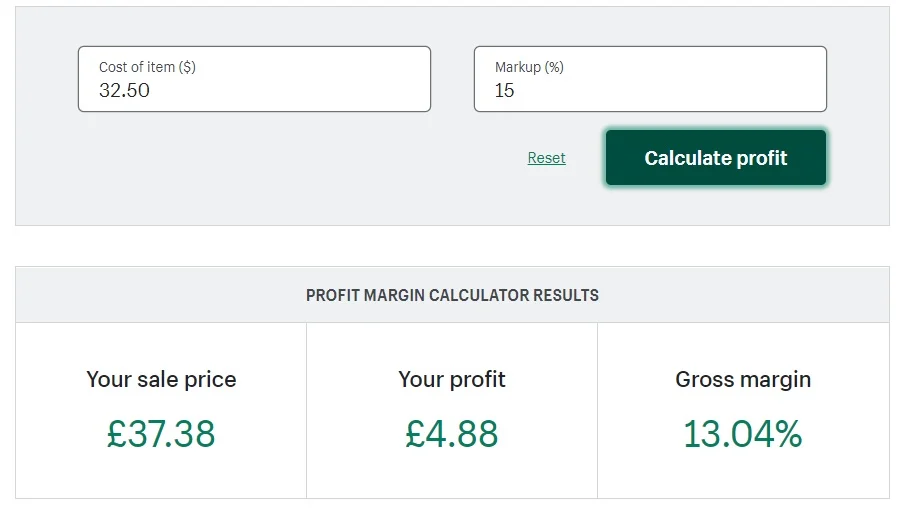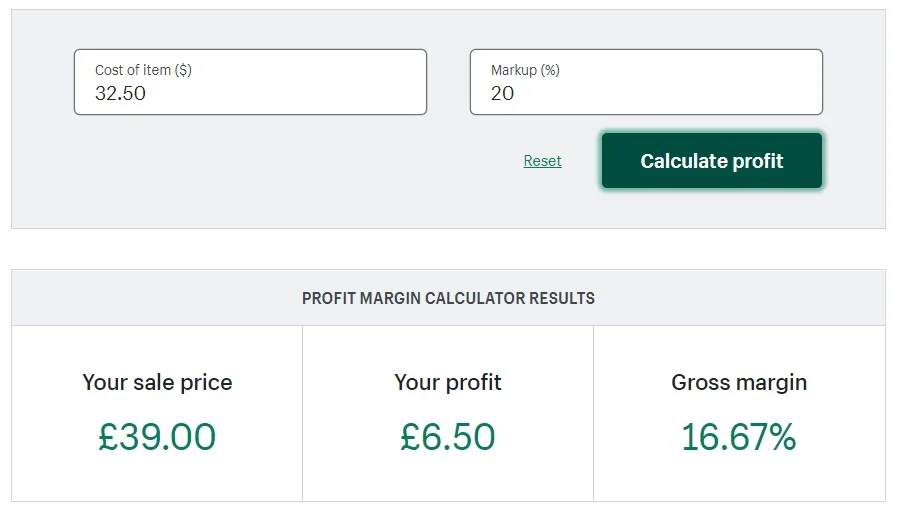Deciding how much to charge therapy clients in private practice can often feel like something of a dilemma for many a therapist.
On the one hand, we’re compassionate folk who want to make therapy as accessible as possible. As such, it’s not uncommon for some of us to worry that if we charge too much, we’ll be putting off those clients who need us the most.
On the other hand, there’s a lot to be said for knowing our worth. There’s also a lot to be said for recognizing that we invested a lot of time and money in getting our qualifications so that we can offer an incredibly valuable service, meaning charging what -to some people- may seem like a lot of money can be entirely justified.
Deciding How Much to Charge Therapy Clients in Private Practice: Solving the Dilemma

If you ask me, the only real way to solve this dilemma is to simply charge what’s comfortable for you on both a moral and practical level.
Morally, if charging top rates for your services feels right to you, go forth and do it.
Likewise, if what sits right with you in the core of your being is to set your prices at a more affordable rate in order to make your services accessible to as many people as possible, there’s nothing wrong with that either.
Of course, there are therapists who will strongly disagree with that last sentence.
There are therapists who argue that if we don’t charge a premium rate, we’re somehow undermining the entire industry and making it harder for others to charge the kind of top-rate fees they feel entitled to.
Honestly -if you’ll allow me to be absolutely blunt here- I say screw those people.
It’s your practice. Charge whatever’s comfortable for you, but remember this:
We may be in the business of compassion, but we’re still in business.
Whatever personal motives we may have for starting our practice, the main goal driving any successful business is to turn a profit. After all, as compassionate as we may be, we still have to put food on the table and pay the bills.
So how do we do this?
How do we balance the desire to offer accessible, affordable therapy with the need to run a profitable business?
Here’s my suggestion:
A Formula for Deciding How Much to Charge Therapy Clients in Private Practice
Determining how much to charge therapy clients in private practice doesn’t have to be such a headache.
In fact, it’s easy as following a simple formula which looks like this:
Business Expenses + Living Expenses ÷ Number of Client Sessions
What follows is a break down of this formula, how it works, and why it’s such a good option for setting a therapy practice fees that are accurate and fair.
1. Determine Your Business Expenses
First things first, we need to determine how much you’ll need to spend on a monthly basis in order to run your practice.
After all, if it’s costing you more money to practice therapy than you’re making from it, you’re unlikely to maintain a sustainable business for very long.
To help you figure out your expenses, I wrote How Much Does it Cost to Start a Therapy Practice in the UK?.
In that guide, I compiled a comprehensive list of everything you might have to pay for to first launch and then run your business, along with a breakdown of the typical costs for each item.
If you don’t have time to read that right now, here’s an abridged list of some of the most common therapy practice expenses:
- Therapy room costs (rental/utilities etc.)
- Supervision fees
- Insurance
- Professional memberships
- Marketing and advertising
- Continuing Professional Development (CPD).
Spend some time creating your own list of everything you’ll need to pay for, get a monthly cost for each one, and add them all up.
That’s how much it will cost to run your therapy practice.
If you do that and determine that it costs say £200 per month, then you know that you need to earn at least that amount each month from your therapy practice. It’s an important figure to keep in mind, but it’s not the only one.
2. Determine Your Personal Expenses
If you’re putting your all into your practice with the goal of going full-time at it, then you’ll obviously need to ensure that you can cover your personal expenses too.
Just like you can’t keep up a sustainable business if you’re spending more money on it than you’re making, you’ll probably struggle to keep yourself afloat if you’re working all day but not making enough to cover the bills.
For this next step then, write a second list of all your personal outgoings.
This might include things like:
- Mortgage or rent payments
- Utilities
- Telephone, internet, and mobile bills
- Travel costs
- Insurance
- Food, toiletries, and similar products
- Credit card and loan repayments
- Online services (Netflix, Spotify etc.)
- Leisure and recreation.
Get the costs for each of those and add them together. That’s how much it costs you to live each month.
Let’s say that this figure comes out at £1,000.
If you’re building towards running a full-time practice, that means you’ll need to add this figure to your £200 business costs, and that, in turn, means you’ll need to earn at least £1,200 per month.
What if I’m Only Doing This Part Time?
If you aren’t aiming to do this full-time and most (if not all) of your expenses are already taken care of by other means (another job, savings etc.), then your financial goals are going to be different.
In this scenario, it may be that you only need your therapy work to cover a percentage of your living costs, in which case, work out what that percentage is.
Or it might be that you plan to simply use your earnings to save for retirement.
However you decide to spend the extra income you make as a part-time therapist, it’s still worth setting a personal financial goal as this will help you to complete the formula we’re working on and set a fair, accurate price for your services.
3. Consider a Reserve / Emergency Fund
Adding your business costs to your personal costs is a great start when it comes to determining how much money you’re going to need to make.
To revisit the examples from earlier, if it costs us £1,200 to live and work, then we know that we need to earn at least £1,200, but that’s only if everything goes well.
If we have to take time off, whether it’s for sickness and emergencies or a family holiday, then that’s time we won’t be seeing clients and, thus, won’t be making money.
If clients cancel, no-show, or simply don’t pay, that’s going to affect how much we earn.
If something breaks, gets lost, stolen, or otherwise damaged and needs replacing, then our expenses are going to be higher than usual.
This is why you might find it a good idea to also earmark a small percentage of your earnings as an emergency/reserve fund that’s there for you when you need it.
For the purposes of this guide, let’s say that you decide to put £100 per month away into this fund.
This means that the total amount you need to make is:
£200 (business costs) + £1,000 (personal costs) + £100 (reserve fund) = £1,300 per month.
4. Multiply Your Monthly Costs by 12
If your costs are £1,300 per month and you multiple that by the 12 months of the year, you’ll see that you need to earn £15,600 per year.
As we’ll see in a moment, this yearly figure is going to be more useful to you when it comes to determining how much you’re going to charge.
5. Consider How Many Clients You’ll See
Next, it’s important to determine how many clients you’re going to work with at any one time.
After all, if you need to make that £15,600 per year but you only plan on seeing five clients a week, then you’re going to have to charge a lot more just to break even than you would if you were seeing 10,15, or 20 clients per week.
6. Calculate a Fee Based on Costs / Client Hours
Finally, we get to the good stuff:
Actually setting a price for your services.
To do this, take your annual costs and divide it by the number of client sessions you plan to work over the course of that year.
Example 1:
Let’s say that you decide you can comfortably see 10 clients per week without getting burned out or neglecting other priorities.
Let’s also say that you’ve decided you’re going to work 48 weeks out of the year, taking two weeks off in the summer and two weeks over Christmas.
48 weeks x 10 client sessions per week = 480 client sessions per year.
Now, let’s consider that £15,600 you need to earn.
15,600 divided by 480 = 32.5.
So, at a minimum, you could afford to charge clients £32.50 per session while covering all your personal and business expenses.
Setting this as your therapy fee will allow you to run a sustainable business as long as you get those 480 client sessions per year.
Example 2:
This time, we’ll use the same formula again, but for a therapist who needs to earn £30,000 per year by seeing 15 clients per week, 48 weeks of the year.
- 15 x 48 = 720
- 30,000 divided by 720 = 41.66
- Therefore, the minimum this therapist could charge would be £41.66 per session.
7. Consider Your Profits
You’ll notice that I’ve used the word ‘minimum’ here. You might decide that you’re more than happy charging the minimum amount, in which case your work here is done.
However, if your goal is to create a truly profitable business, one that generates more money than you need to spend so that you build towards long-term financial stability, then you might also want to consider charging more than the minimum so that you make a profit.
Rounding Up
One quick and dirty way to do this would be simply round-up your minimum fees to a higher £5 or £10 increment.
In other words, our therapist who needs to make £32.50 may charge:
- £35 (£2.50 profit per session)
- £40 (£7.50 profit per session)
- £45 (£12.50 profit per session)
While our therapist on £41.66 may round up to:
- £45 (£3.34 profit per session)
- £50 (£8.34 profit per session)
- £60 (£18.34 profit per session).
As I said right at the beginning, the key here is to charge whatever feels most comfortable for you. If you’re happy making just a couple of quid in profit, then that’s awesome. If you want to make £10, £15, or even £20 profit per session, then that’s cool too.
Use a Profit Calculator
Another option is to use a profit calculator like this one from Shopify.
It’s in US dollars and it’s designed for products rather than services, but that really makes no odds for what we’re doing.
Here, we can enter how much it costs to make a product (or in our case, deliver a service), enter our desired markup percentage, and the calculator will work out:
- How much we need to charge for our service overall
- How much profit we’ll make if we charge that amount
- What the gross profit margin is on that amount.
An Example:
Earlier, we calculated that we need to earn £32.50 to cover our business expenses, personal expenses, and an emergency fund.
We can say that this is the cost to run our service because even though our business expenses are only £200 per month, as self-employed people, we can’t afford to do what we do unless we can eat and pay the bills.

So we enter 32.50 into the profit calculator, allow ourselves a markup of 15%, and see that this would mean our per-session fees would be £37.38, which would give us a per-session profit of £4.88.
£37.38 is kind of a weird figure to charge people, don’t you think?

So let’s either operate at a 20% profit margin to give us £6.50 profit from a £39 session fee, or simply round it up to a straight £40 and call it a job well done.
8. Compare With The Going Rate
It’s generally said that trying to compete with other businesses on cost is never a good idea, but that doesn’t mean that there isn’t a benefit to checking out what other therapists in your area are charging.
If you’re charging £40 and you see that most other therapists are charging between £35 – £45, that’s a good sign that you’re in the right ballpark and clients are generally willing to pay that amount (if they weren’t, how would these therapists be in business?).
If those other clients are charging between £35 – £45 but you’re thinking of charging £60, you can still do that. You’ll just have to be sure that you have a really strong value proposition to convince clients that your service is worth paying more than the going rate.
On a similar note if everyone else is charging £60 but you’re opting to charge £35, you might want to put yourself in a potential clients’ shoes and ask yourself how they might perceive a therapist who charges almost half the going rate.
A good deal perhaps? Or someone whose service might not be as good because they charge so little for it?
Again, it’s not for anybody else (especially not me) to tell you how high or low you should price your services, but if you do decide to go way low, think carefully about how you’ll pitch that to clients.
Whichever option you use (even if it’s the option to not bother with a profit at all), the seven steps above should be all you need to determine the best possible rate for you and your clients.
A Word About Discounts and Discretionary Rates You Might Want to Offer
Speaking of going low, I want to touch quickly on the subject of discounts and discretionary rates and how that might affect your prices.
In my private practice, I offer a block-booking discount where I reduce the cost-per-session when clients pay for multiple sessions at once, starting with a minimum of three sessions.
Personally, I chose not to compensate for this by increasing my regular fees to begin with as I’m happy to take the small hit in revenue to ensure guaranteed, paid-for bookings.
You might also want to consider if you’re going to offer discretionary rates for students, unemployed people, veterans or other groups of people.
If so, think about whether you’ll up your regular fees to compensate for this, do the work at cost in addition to your profit-generating clients, or come up with another solution entirely that works best for you.
A Final Thought on Deciding How Much to Charge Therapy Clients in Private Practice
Having spent so long talking about figures and formulas, allow me to wrap up this post with a confession:
I hate maths (or math, as my American wife calls it ).
Like really hate it.
But that’s precisely why I love the fee-setting formula that I’ve laid out above.
Look:
I failed GCSE maths twice (don’t ask me how), but if I can use this formula to calculate therapy fees that are fair for both me and my clients, then anyone can use it do exactly the same.
The process I’ve shared above also helps to alleviate -if not completely eliminate- any concerns or moral dilemmas you have about charging too much or too little.
Even if you only decide to charge as much as you need to cover your business and living expenses, at least you know you’re charging what’s truly comfortable for you on a moral and practical level.
And if you do decide to add on a profit?
The steps above will help you to determine how much profit sits right for you, whether that means keeping it low to offer affordable, accessible therapy or charging a top rate.
Either way though, the only real answer to the question of how to set your therapy fees is to charge what feels right for you.
Enjoyed this post? Get more marketing advice for therapists every week by following Therapist Marketing Tips on Facebook.






Comments are closed.